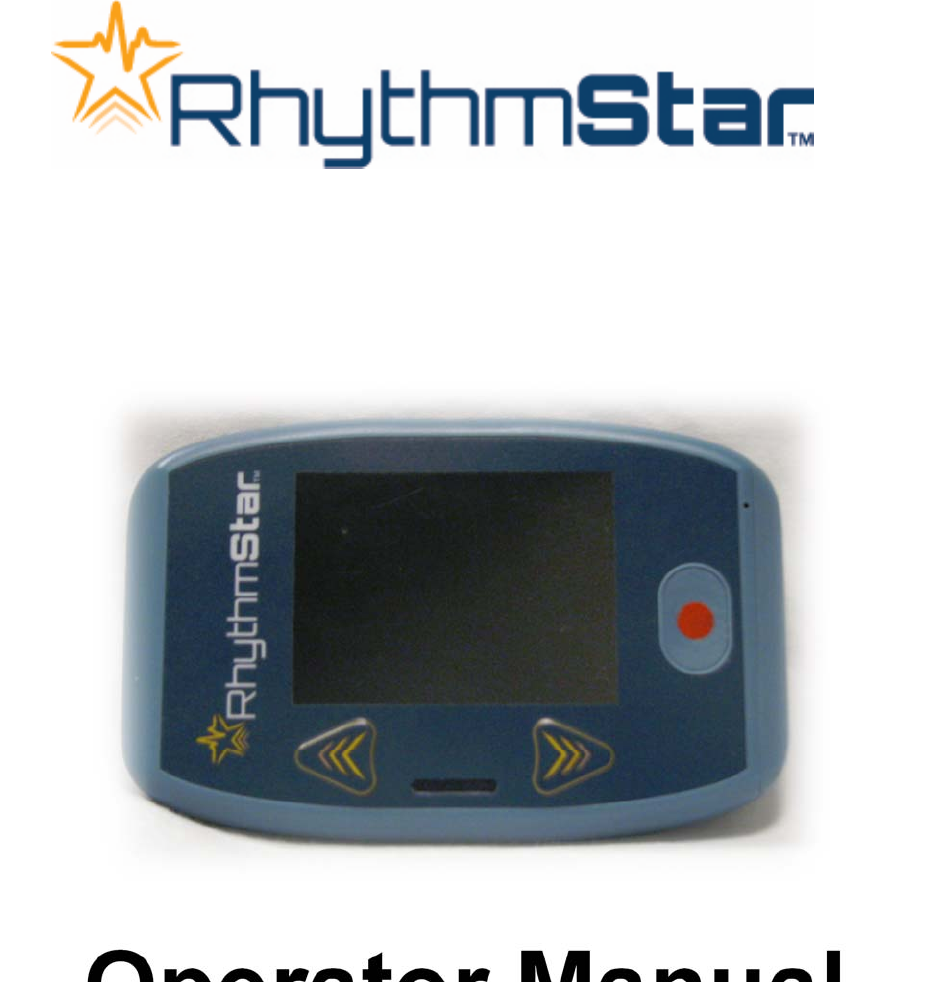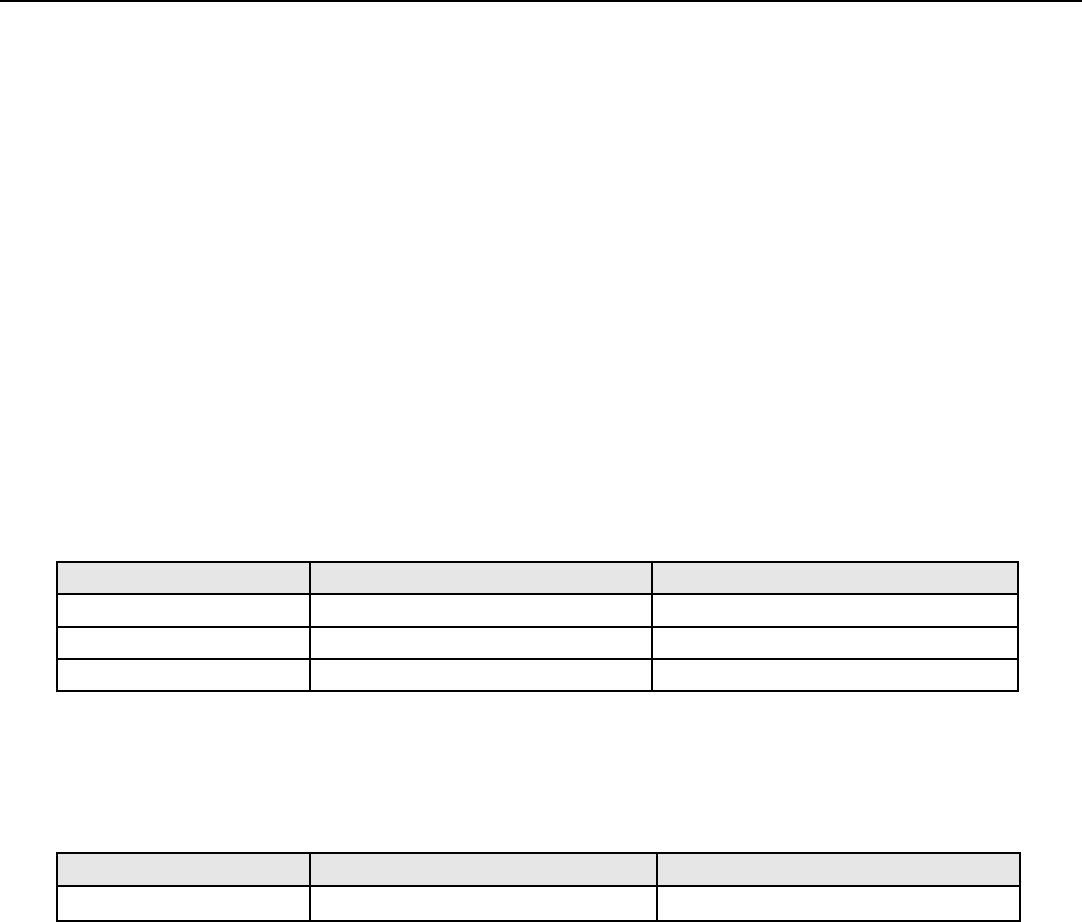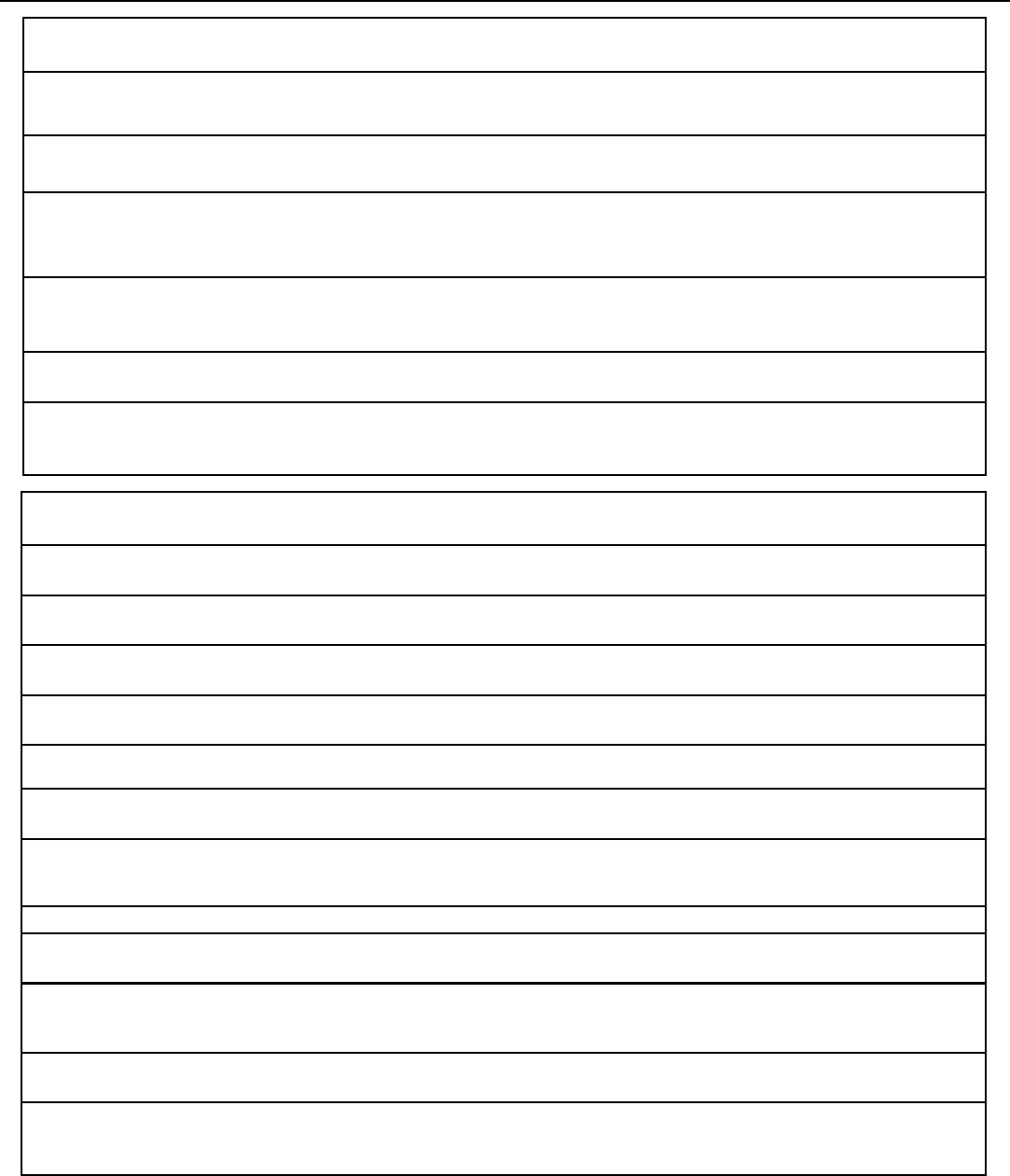

section o f: ht tp :/ / t ra n s i ti on .f cc . gov /oet/ ea /fc ci d/ after sea rchin g on FCC ID: 2AC A9-100 02.
Third-part y belt-cli ps, holsters, and simi lar accessorie s used by this de vice should not contain any m etallic c omponents. Body-worn access ories tha t do not m eet these requirements may not comply with RF exposure requirements and should be avoided. FCC statement · This dev ice complies with part 15 of the FCC Rules. Ope ration is subject to the following two cond ition s: (1) This d evice may no t cause harmful interference, and (2) this device must accep t any interfe rence received, including interference th at may cause undesired op eration. This equipment has been tested and found to comply with the limits for a Class B digital device, pursuant to Part 15 of the F CC Rules. T hese lim its are de signed to p rovide reasona ble protec tion against harm ful interfe rence in a resi dential instal latio n. This equipm ent generates uses and c an radiate ra dio freque ncy energ y and, if not installed and u sed in a ccordance with the instruct ions, may cause harmfu l interfer ence to radio communicati ons. However, there is no guarantee that interfere nce will not occur in a particul ar installation. I f this equipm ent does cause harmf ul interference t o radio or television rec eption, which ca n be determined by tur ning the equipmen t off and on, the user is encour aged to try to c orrect the interfere n ce by one or m ore of the following Reorient or relocate the r eceiving anten na. Increase the separation betwee n the equipment and receiver. Connect the e quipment into an outlet on a circui t differ ent from that to which the receiver is connected. Consult the dealer or an experienced rad io/TV technician for help. NOTE: THE GRANTE E IS NOT RESPONSIB LE FOR ANY CHANGES OR MODIFICATIONS NO T EXPRESSLY APPROVED BY THE PARTY RESPONS IBLE FOR COMPLIANCE. SUCH MO DIFICATIONS COULD VOID THE USE R ’ S AUTHORITY TO OPERAT E THE EQUIPMENT.
meets all th e requirem ents of th e Canadian in terf erence- causing equipment re gulations . Cet ap-
pareil numérique de la Classe B re spe cte toutes le s exigences d u Réglement sur le matériel brouilleur du C anada. This device complies wi th Indust ry Canada license exempt RSS st andard(s). Operation is subjectto th e fo llowi ng two condit ions: (1) this dev ice m ay not cau se interference, a nd (2) thi s device
must accept any i nterferenc e, inc luding int erfer ence th at may c ause undesired oper ation of the
Cet appa reil est con forme a ux nor mes CNR exemptes de licence d’Industrie Canada. Le fonc- tionnement est s oumis aux deux co nditions s uivantes : (1) ce t a ppareil ne do it p as provo querd’int erférenc es et ( 2) cet appare il doit accepter toute interfé rence, y co mpr is celles sus cept ibles
de provoquer un f onct ionnement non so uhait é de l’appar eil.


Do not dip o r wet the battery in water, s eawater, o r other liq u id. If the protecting device assembled in
the battery is damaged, the battery may be charged with an abno rmal c urre nt and voltage, which may result in
the cause of heat generation, exp losion, or fire of the battery . The battery h as a predetermined polarity. If the battery will n ot connect well to the charger or equipment, do
not try to connect the battery for cefully. Check the polarity f irst. In the case the battery is connected in
reverse, it is charged reversely and may cause acid leakage, he at generation, explosion, or fire due to an
abnormal chemical reaction. Do not p ut the battery into a fire or heat it. In su ch a cas e, the insulator in the batt ery may be m elted , the ga s
release vent and protection me chanism may be damaged, all of wh ich may cause heat genera tion, explosion,
Do not connect the battery r eversed in positive (+) and negativ e (-) terminals in the charger or equipment.
In the case the battery is connected in reverse, it is charged re versel y during charge, and causes an exces sive
current during discharge, and ma y cause heat generation, explos ion, or fire due to an abnormal chemical
Do not let the battery terminals ( + and - ) contact a wire or any metal ( like a me tal neckl ace or a hairpin ) with
which it carried or stored together. In su ch a case, the batter y is shorted and causes an exce ssive curren t,
which may result in heat generation, explosion, or fire. Do not apply heavy impact to the battery, or throw or drop it. Strong impact may damage the protecting
device, which may result in heat generation, explosion, or fire of the ba ttery . Do not drive a nail in, hit with a hammer, or stamp on the batt er y. In s uc h a cas e, th e ba tt er y may be
deformed and shorted, and the protecting device may be damaged, which may cause heat generation, explosion, or fire of the battery. Do not solder the battery directly. Heat applied during solderi ng may damage the insulator or t he gas
release vent and protection mechanism, which may result in ac id leakage, heat generation , explosion , or f ire
of the battery. Do not disassemble or alter th e battery. The batt ery contains t he protection mechanism and protection
device in order to avoid any danger. If these are damaged, heat , explosion or fire may be caused. Charge the battery every 6 months to the amount specified by the manufacturer, even i f the bat tery is n ot
used. An excessive over-discharge may caus e an abnormal chemica l reaction, which may result in the cause
of aci d leakage, or fire o f the battery.
Do not put the battery in a microwave oven or a pr essure cooker . Sudden heat may damage the seal of t he
battery and may caus e heat generation, explosion, or fire of th e battery. Do not use the battery together with a dr y battery or other pri mary battery o r othe r battery of a different capac-
ity, types and / or brand. In such a case, over-d ischarge dur in g u se, or over-charge during charge may
o c c u r a n d abnormal chemical reactions may c ause heat generation, explosio n, or fire of the batter y.
If you notice any bad odor, heating, discoloration, deformation , or any othe r chan ge from what your are
used to while usi ng, charging, stor ing the battery, take it out of equipment or charger, and avoid using it.
Using it in suc h state may result in heat generation, explosion , o r fire. If the battery leaks or emits a bad odor, take it away from any fire immediately. The electrolyte may catch fire,
which may cause heat generation, explosion, or fire. Do not le t leak ed electr olyte come into contact with eyes. I n such a case, immediately wash t he area of
contact with clean water and seek help from a doctor. If not tre ated soon, prolonged contact may cause s e-
rious injury. Do not place or leave the ba ttery and equipment in the rea ch of infants. Improper use of the battery may
caus e danger. Do not u se or leave the battery i n a plac e exposed to s trong di rect sun light, or in a ca r under the blazing s un,
or hi gh temperature sou rces . Su ch a high temperature may caus e acid leakage. If you find t he battery rusty , bad odor, heating, or any other defective before using the battery for the first time
after purchase, do not us e it. Tak e it back to the dealer inst ead. In ca se young children use the battery, inst ruct them o n the co ntents o f the instructions and ensure the
battery is correctly u sed by them at all times. If the battery l eaks and its elec trolyte c ontact with sk in or c lothes, wash it well with tap water or other clean
water right away. Leaving it, it is may caus e a rash on skin. If you have any question regarding the bat te ry, contact Rh ythMe dix. Read the instructions of your equipment regarding the battery i nstalla tion and removal fro m the equipment so
as not to mishandle and waste the battery. The battery w as charged a little before shipment fo r temporary us e by an en d use r. In case you r equipment
does not operate with the battery or in t he case o f a long use, cha rge the battery with a s pecifie d charger once.
Careffully read the instructions o f your equipment before us e. When the battery is expected not to be used for a long time, ta ke the battery out of the equipment and store it in
a less h umid ar ea In the case the battery terminals are dir ty, clean the terminal s with a dry cloth before us e, otherwise, the
contact with equipment might cause insufficiency, and power fai lure or charge failure. Despite being rechargeab le, the battery has a limited life span . Replace it, when usage time becomes
As for a used battery, please recyc le, after covering the batte ry terminals ( + and - ) with a insulati on